Shapes in Kiswahili are more than just vocabulary—they’re a meaningful way to connect with everyday experiences and understand the world.
If you’re planning a trip to East Africa, teaching your child a new language, or looking for resources to support your classroom lessons, you’ve come to the right place. This post will make learning shapes in Swahili simple and fun.
We’ve designed it so you can easily match each shape with its English and Swahili names, along with pronunciation guides for both languages. This way, you can practice speaking the words confidently at your own pace. Ready to dive in? Let’s get started!
For a head start, you can also explore our printables on shapes activities for preschoolers to build a strong foundation before diving into Kiswahili.
Types of Shapes in Kiswahili
Shape In English
Shape in Swahili
Shape in Swahili Pronunciation

Oval
Duara Dufu

Circle
Duara
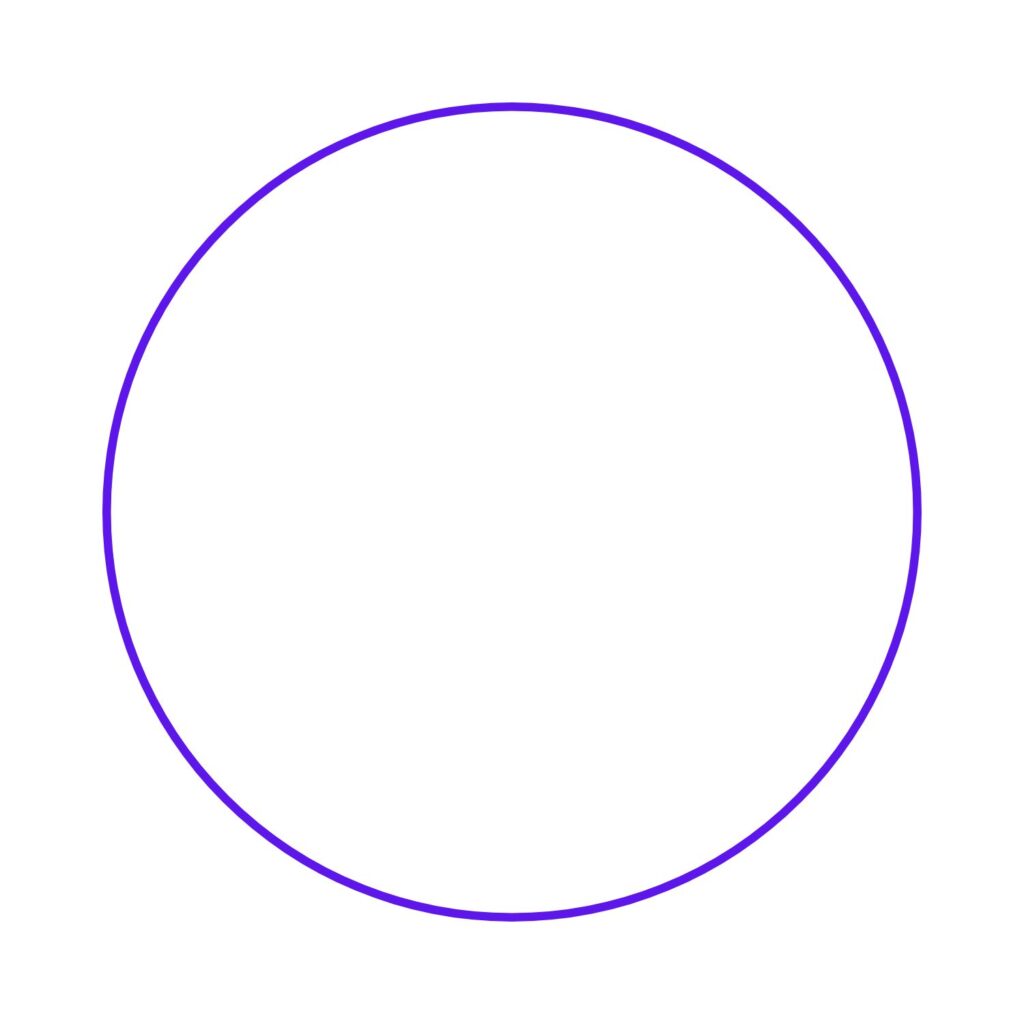
Ring
Pete

Crescent
Hilali
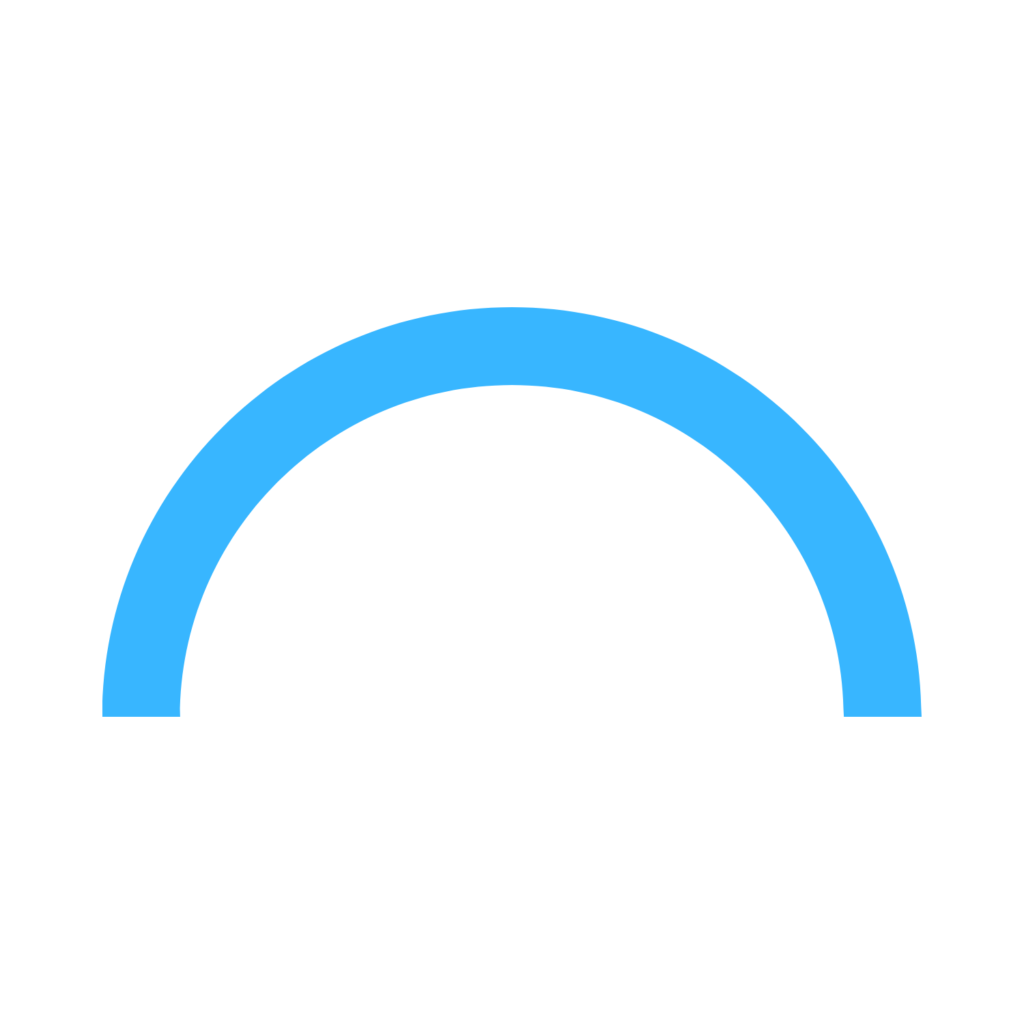
Arc
Tao
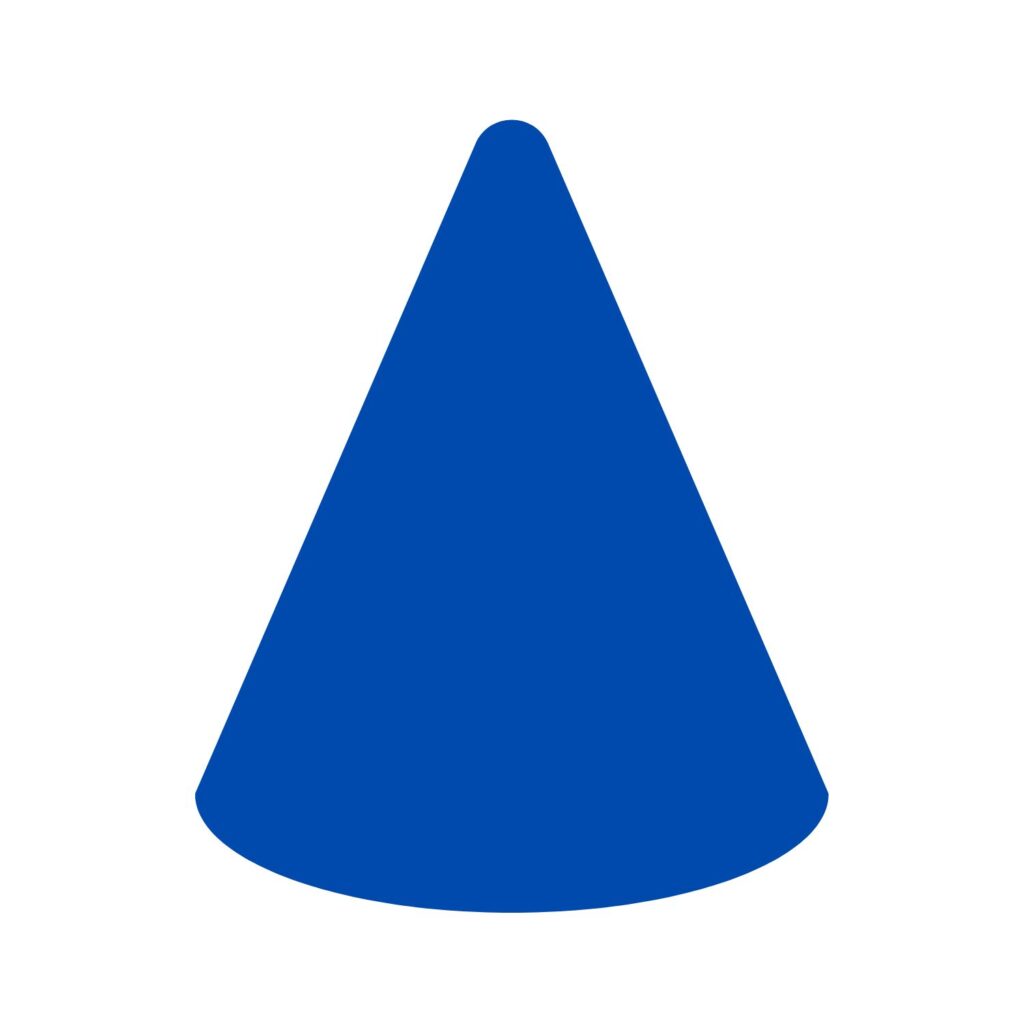
Cone
Pia

Pyramid
Piramidi

Cylinder
Mche Duara

Triangle
Pembe Tatu

Square
Mraba
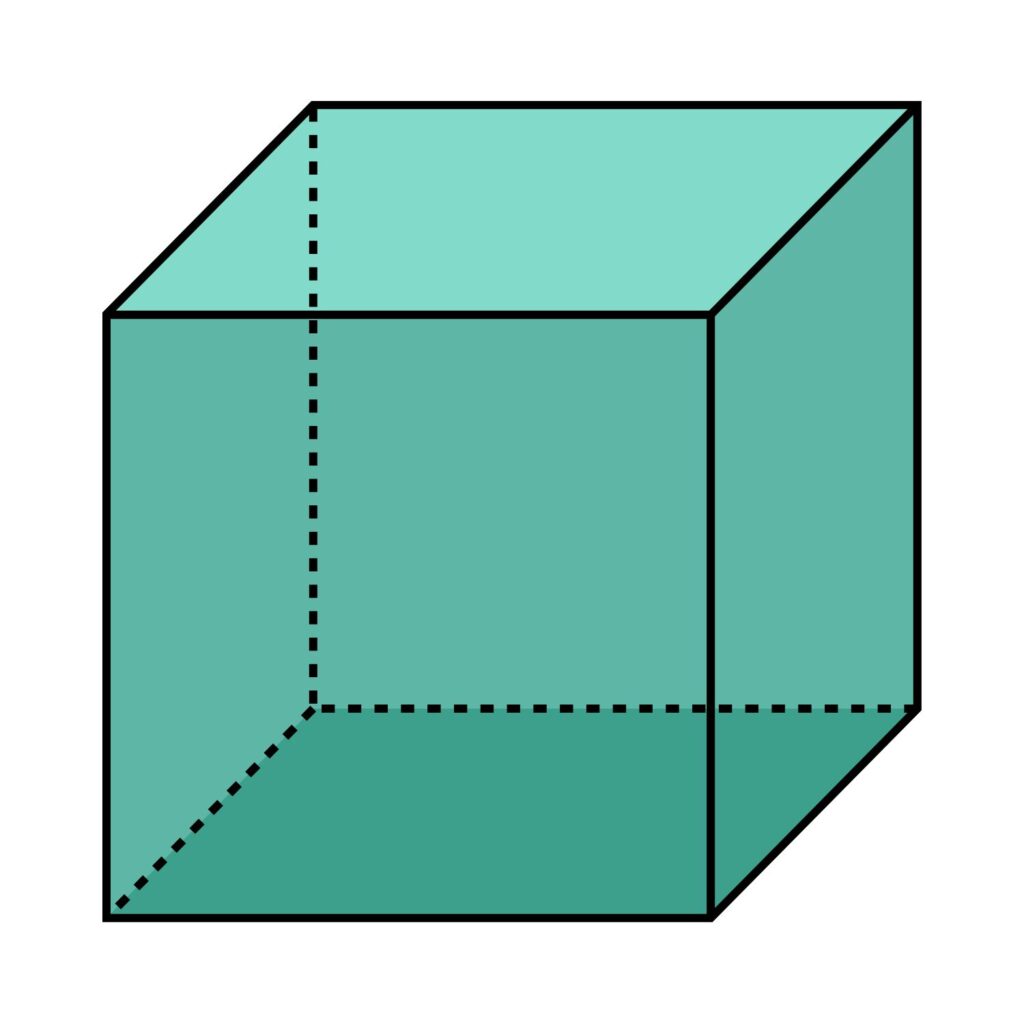
Cube
Mche Mraba

Rectangle
Mstatili

Spiral
Mzunguko

Star
Nyota
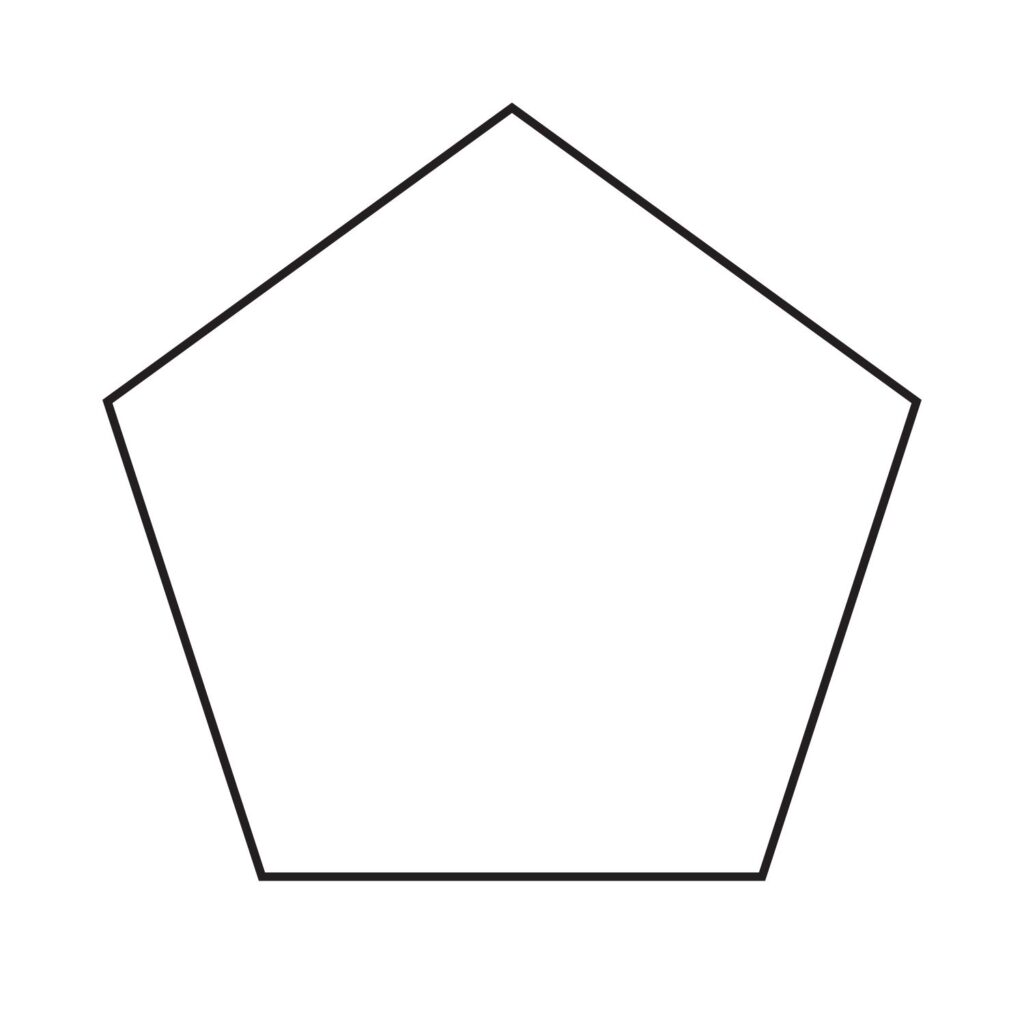
Pentagon
Pembe Tano
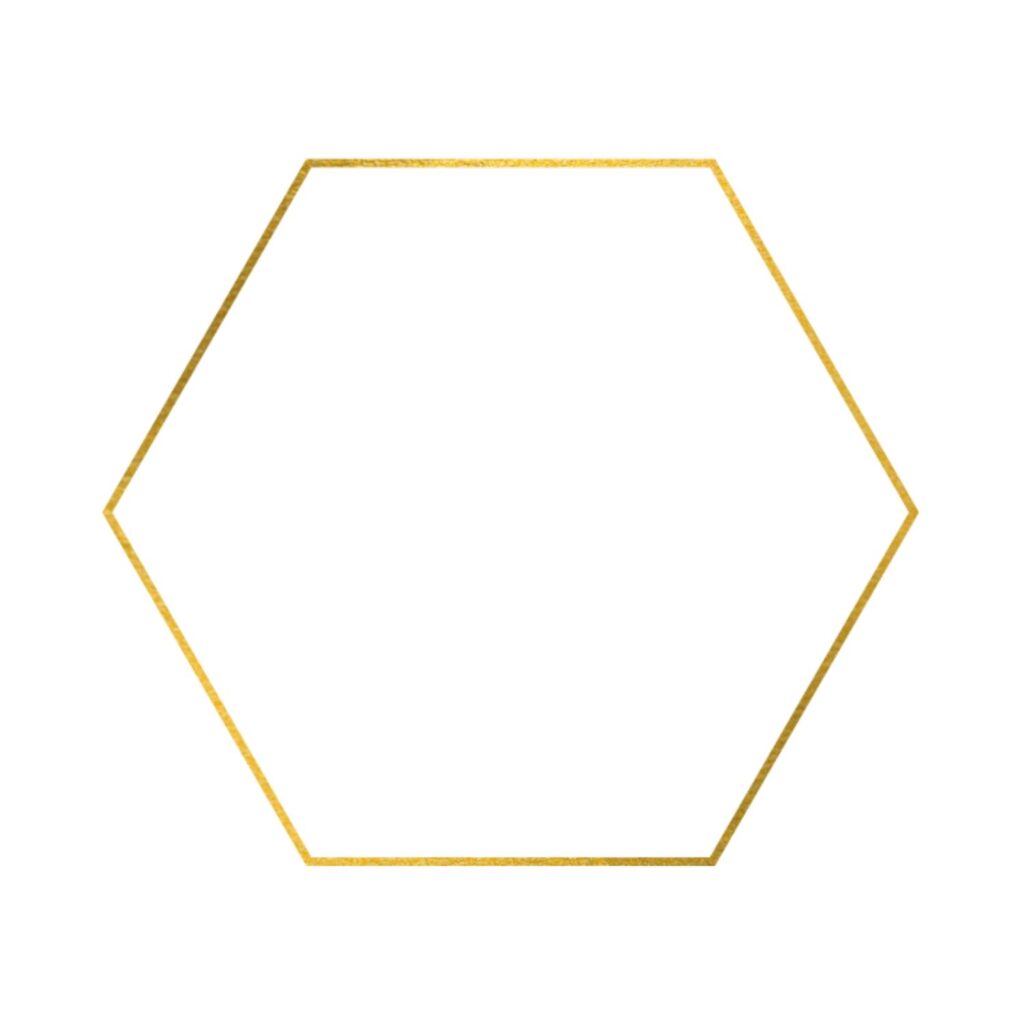
Hexagon
Pembe Sita

Octagon
Pembe Nane

Arrow
Mshale
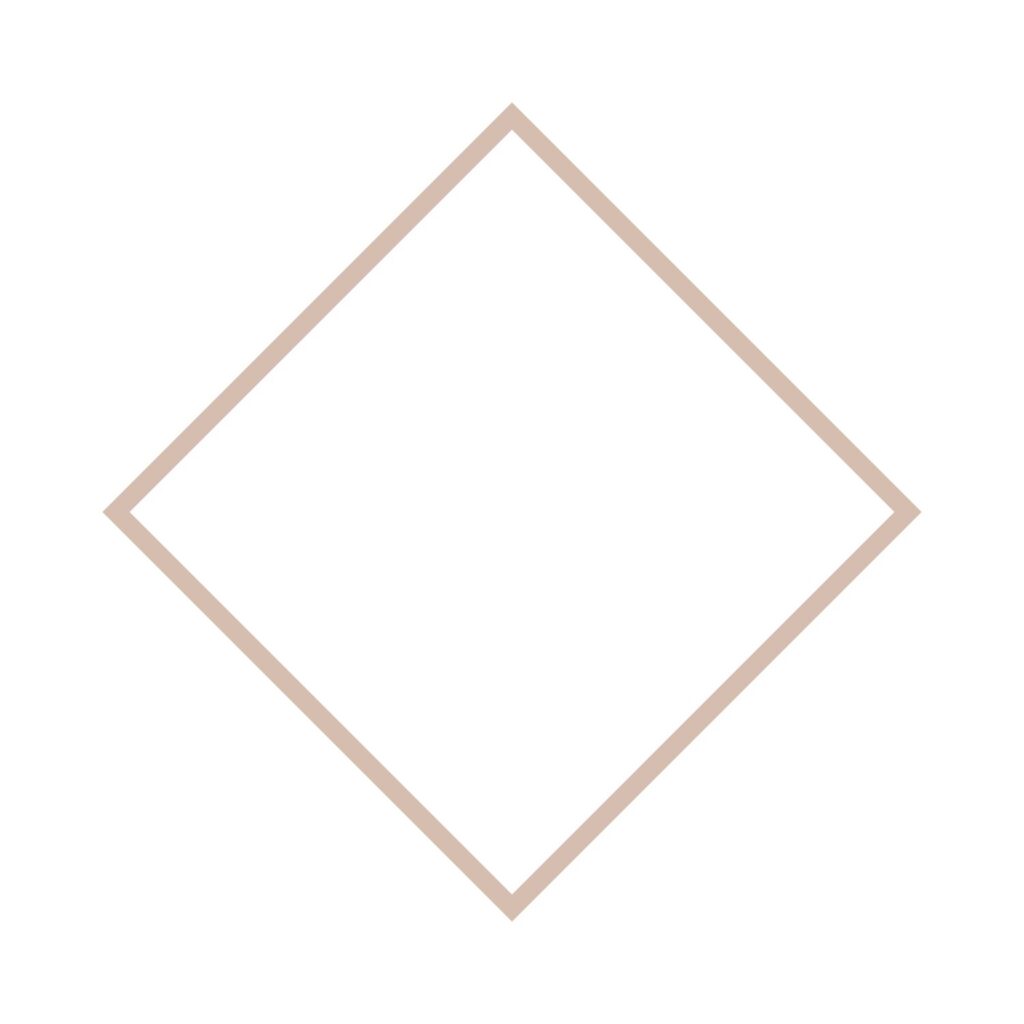
Diamond
Almasi

Line
Mstari
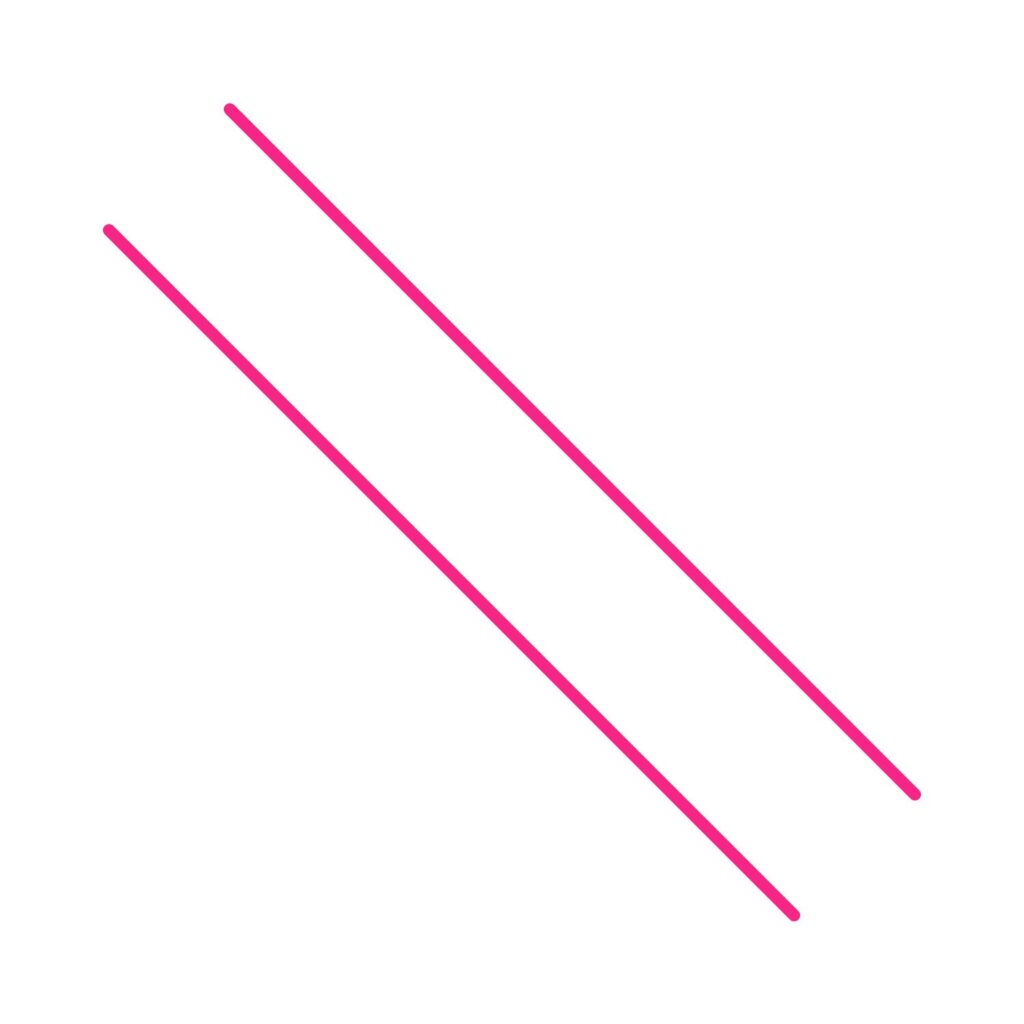
Parallel Line
Mstari Sulubu

Rhombus
Msambamba
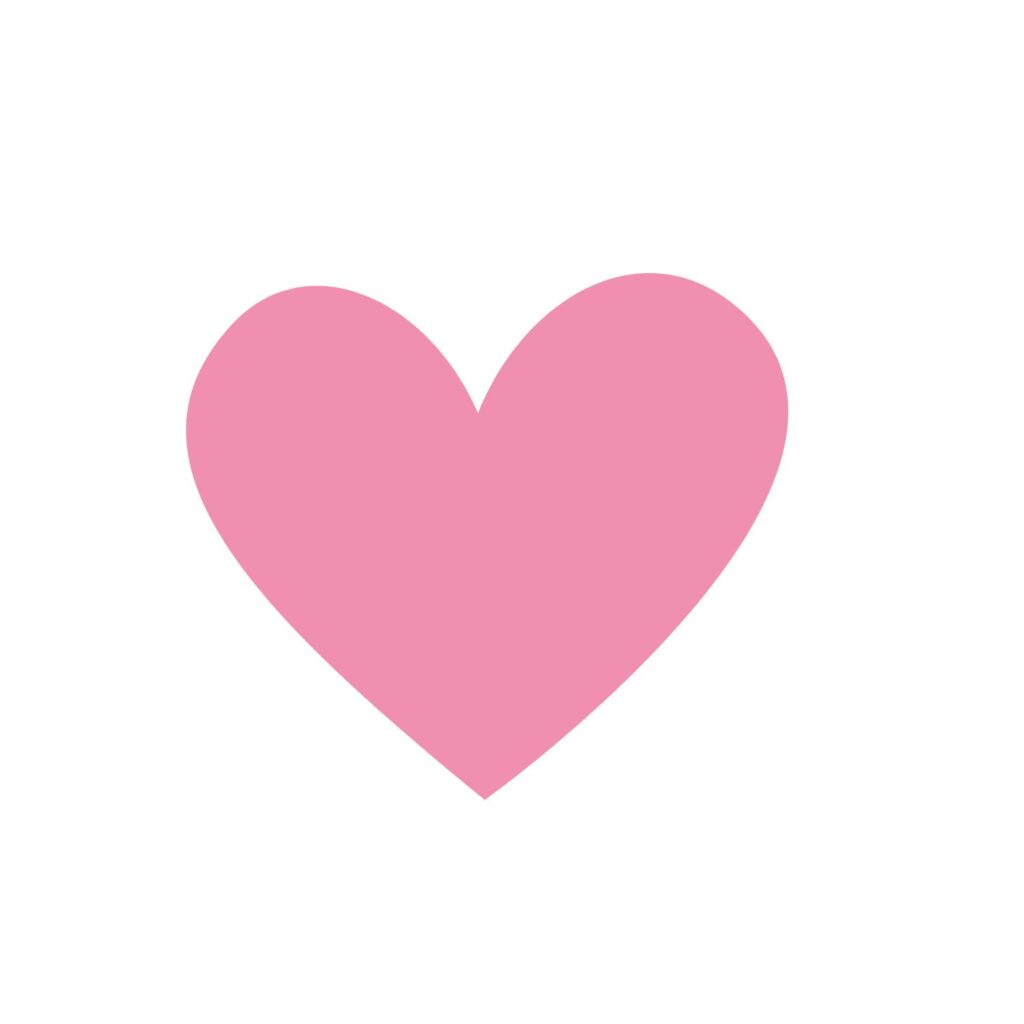
Heart
Kopa
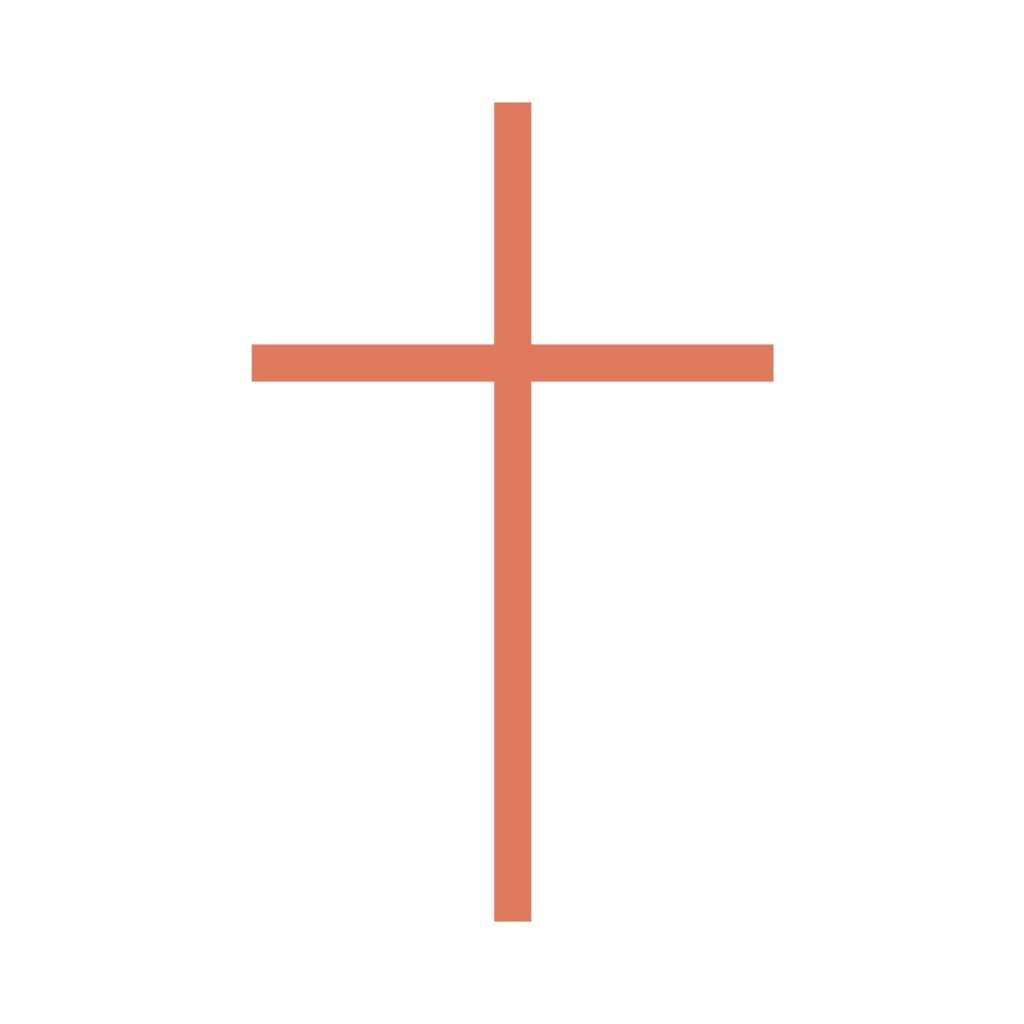
Cross
Msalaba

Semi Circle
Nusu Duara
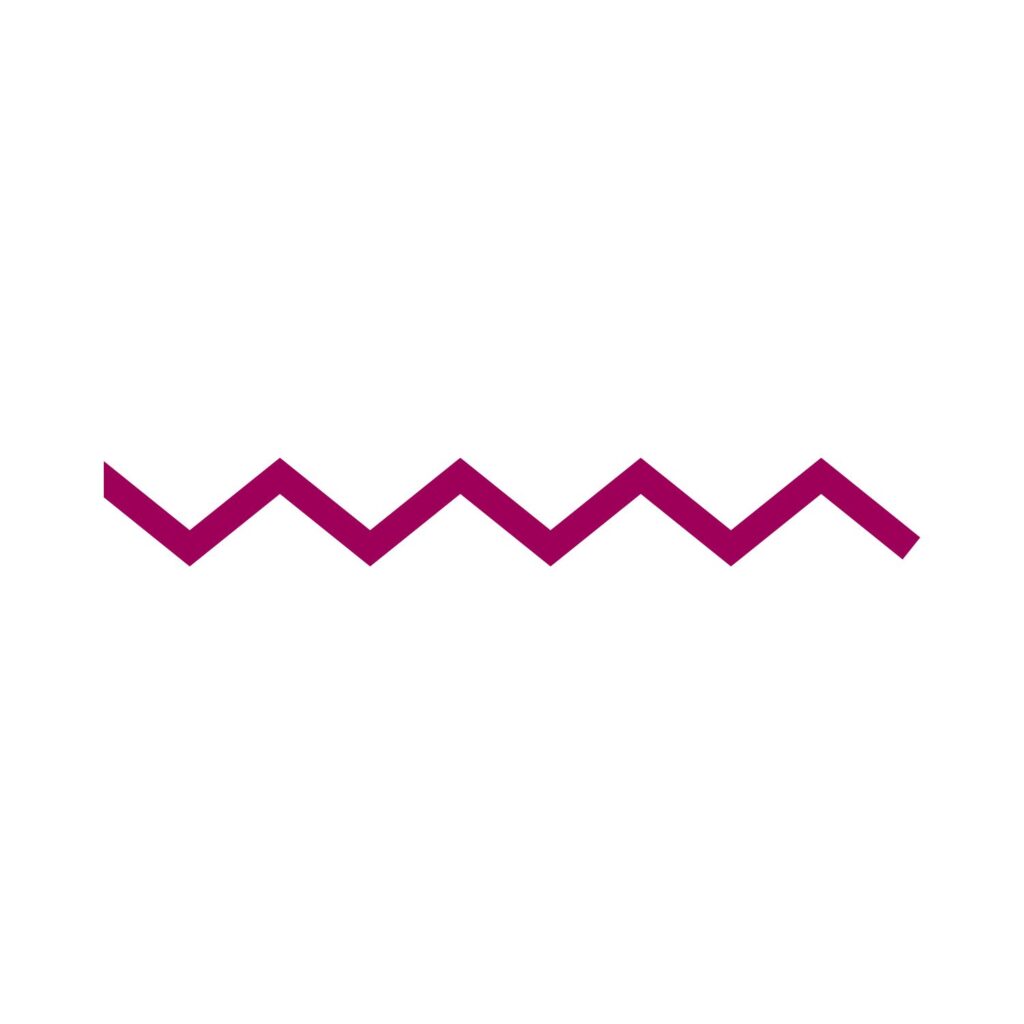
Zigzag
Mshazari
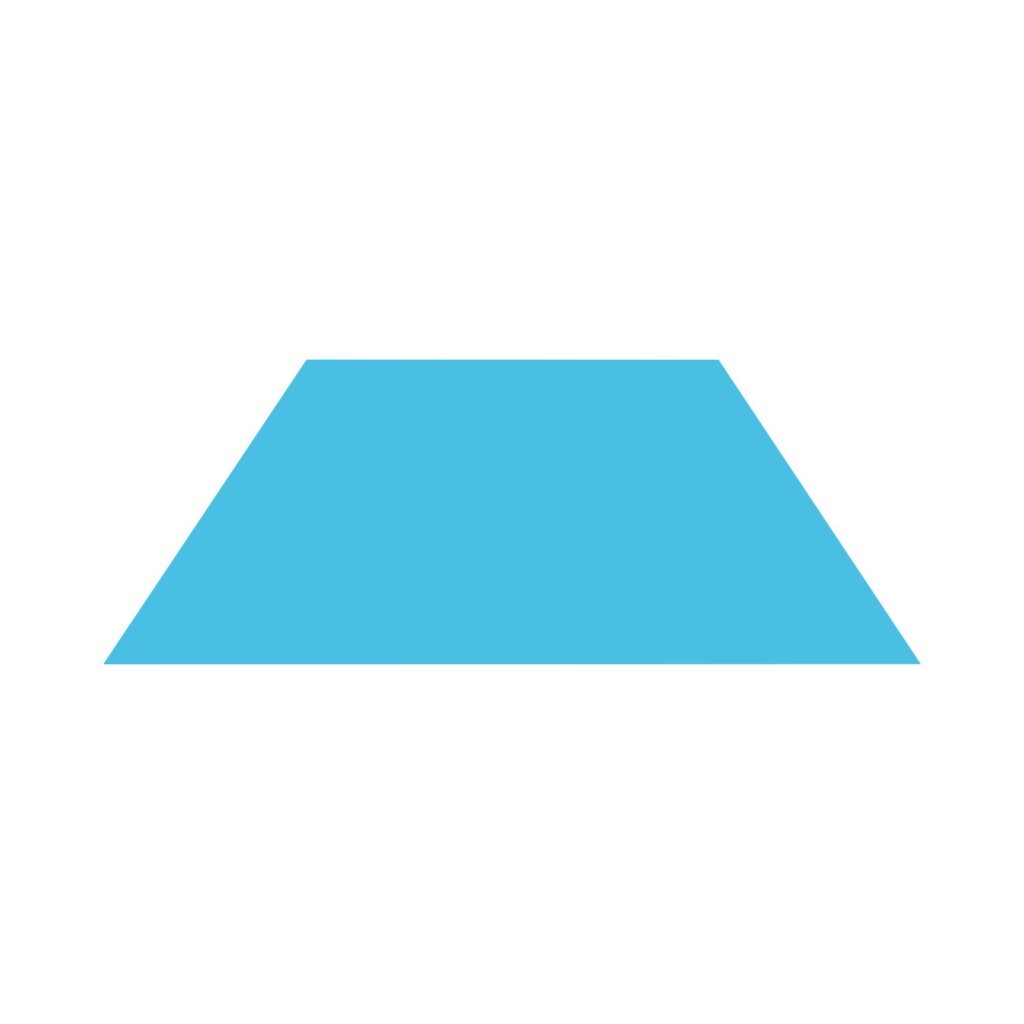
Trapezoid
Tenge
Shape in Swahili Printable
1. Flashcards
Flashcards are a versatile teaching tool. Each card features a shape on one side and its Kiswahili name on the other, making them perfect for memorization games and interactive learning. Parents and teachers can use these cards for matching games or as quick prompts to help kids recall the shape names.
2. Color by Shape
Color-by-shape activities turn learning into a creative and engaging experience. Each activity includes different shapes. The task is to color similar shapes using the same color as shown. Children must identify the shapes and color the sections accordingly. This activity helps reinforce shape recognition while providing a fun way to practice Kiswahili vocabulary. Plus, it encourages attention to detail and fine motor skills.
Looking for more engaging activities? We have a great parts of the body worksheets for kids to help you teach your child about parts of the body and their functions.
3. Trace Shape Names
This printable combines three activities in one! Children color inside the shape and then trace the Kiswahili word for the shape. This multi-step process reinforces shape recognition, builds hand-eye coordination, and helps kids practice writing in Kiswahili. It’s an excellent way to reinforce vocabulary while keeping the learning process interactive.
4. Shape Tracing
Shape tracing activities are perfect for younger children learning to recognize and draw basic shapes. Each worksheet includes dotted outlines of shapes for children to trace, along with their Kiswahili names. Tracing improves fine motor skills and helps with handwriting development while reinforcing shape names in Swahili. This activity lays the foundation for understanding geometric concepts.
5. Shape Matching
Shape-matching worksheets are a fun way to test comprehension. These printables present a mix of shapes and their Kiswahili names in random order. Children draw lines to connect each shape to its correct Kiswahili name. This activity strengthens vocabulary recall and ensures kids can confidently recognize and match shapes with their names.
Learning shapes in Kiswahili doesn’t have to be complicated. With the right tools and engaging activities, teaching or learning these essential terms can be both fun and effective. Whether you’re using flashcards, tracing worksheets, or color-by-shape activities, these printables simplify the process and make learning enjoyable for kids and adults alike.
Start with the basics, practice pronunciation, and incorporate these shapes into everyday conversations to reinforce vocabulary.





